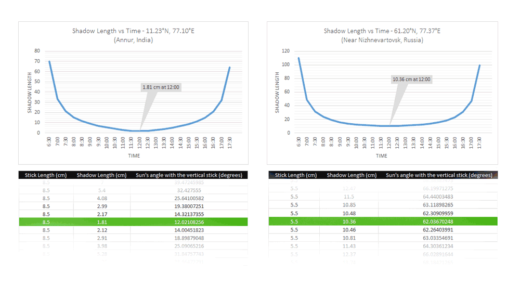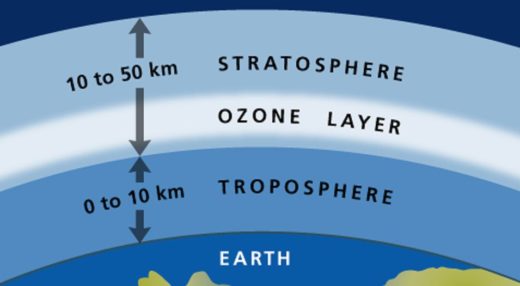Why Does Microwaving a Grape Produce Plasma?

When a grape is cut in half except for its peel, and placed inside the microwave oven and microwaved for a few seconds, a plasma discharge occurs between those two pieces and under certain conditions, the plasma could be sustained. This is one observation that you might not have observed before unless you felt bored enough to microwave a grape. So why would a grape cut in half produce plasma inside a microwave and what actually happens in that grape?
Plasma, as we know, is a state of matter where the molecules in the hot gas breakdown into ions due to very high temperature mostly caused by a strong electromagnetic field. In our little grape experiment, the electromagnetic field is produced by the microwave oven in the form of microwaves.
How to do that?
The grape has to be cut in two halves to its skin, where it just barely connects the two parts. A typical piece of grape about 1.5 cm to 2 cm lies inside the wavelength of the microwave (1 m to 0.1 cm), when placed inside the oven. When you switch on the microwave for about 10 to 20 seconds, you would see a plasma arc rising to the top of the microwave.
What happens inside the microwave oven?
Here is what exactly happens when you turn on the microwave. The microwave is generated and reflected back and forth inside the oven, concentrating the microwave energy towards the grape. The grape now acts like a small dipole antenna (with a very thin skin between the two halves of the grape), as it lies inside the wavelength of the microwave. Due to this dipole ‘grapetenna’s’ concentration of the electromagnetic waves, the electrons are forced back and forth through the narrow skin from one-half of the grape to the other (just like the dipole antenna). When the electrons are pushed back and forth through the narrow thin skin due to the electric field, it heats up and burns the skin due to the resistance. Also, this movement is so rapid at high temperature and it causes the electrons to be knocked off from the molecules, forming the electron-ion cloud. As the temperature increases, plasma is formed.
Besides, the grape juice is rich in electrolytes. This increases the ion concentration at the thin skin junction, which also aids in heating up itself, thus adding more ions in the process. The plasma continues to sustain as long as the energy is transferred back to the surrounding gas by releasing heat and light, as the free electrons recombine to form gases again.
You can also sustain the plasma by covering the grape with a glass cup or container. Several other objects like a candle, a matchstick or berries can also be used to produce plasma, but you will probably end up with a messy disaster. So please don’t try this anywhere.
This post was first published on November 6, 2014.











I, too, just looked at the Veritasium (play on Latin for “truth”, right?), and you have much more of an explanation. The next question is, how do energized ions produce light? I remembered, as I was chatting about this with a guy working at Burger King this morning, that in organic chemistry you have “optically active” isotopes in carbon where the same four attached atoms can be arranged in mirror-reverse images, hence “left” and “right”, levo- and dextro-rotary, isotopes. All I recall after almost forty years, not that it was covered even then much, is that the distances correspond to wavelength, albeit mow on a molecular scale (the conversation then went to the pinhole camera effect in a leafy tree during an eclipse showing myriad little solar disks on the sidewalk–partial eclipse gave all the images a bite taken out of the side). Some discussion on a Google-sampled site about this grape in the microwave got into the rotation of water, it agreedly being dipolar and so subject to orientation to a field’s positive and negative axes/dimensions/poles somehow. The great thing in this is the question of modern scholarship: how do you pass from scant to general to specific knowledge? Do you stand a better chance in an institution or on your own? This may be the promise of the internet: you can sidestep the proprietary sense of knowledge, the apprenticeship, that academia can impose–the censorship–and make your own climb up the mountain (good metaphor?) to advanced theoretical knowledge. That silly movie “Good Will Hunting” with the self-taught mathematician: is it possible?
English please?
Get it urself
Great article on the microwaved grape.
I just tried it again. Awesome. It’s always fun watching real Plasma right next to you. Btw, physics major here. Love your articles!
Cool experiment
Great explanation.
Thank you :)
Good explanation.
Interesting…. Something that I will use to amaze my daughter!! Also found that Veritasium has a good video on this- http://www.youtube.com/watch?v=RwTjsRt0Fzo.
Veritasium no indepth explanation. This article have explained it good. I am trying to do this since I watched video but never had the grapes around. Going to try it now.
Please be safe while you are doing this :)
Dirik of Varbastabillium?
I remember this from my school. But we used candle instead of grapes and ended up scorching the microwave top.
That’s quite dangerous, as the flame from the candle is continuously helping the microwaves to produce plasma. Using a grape is a little safer as it lasts only for seconds. And if covered with a glass jar, you can save your oven too… :) But there is always a
potential risk…